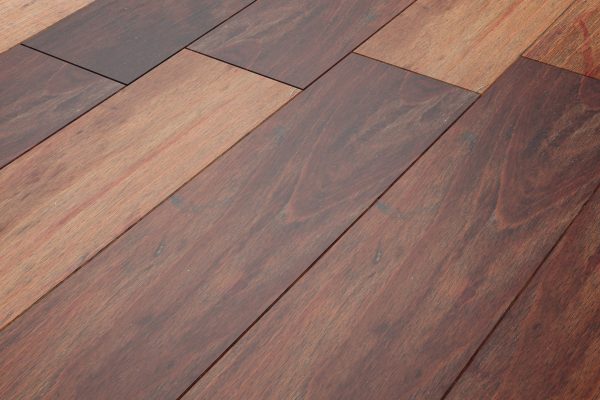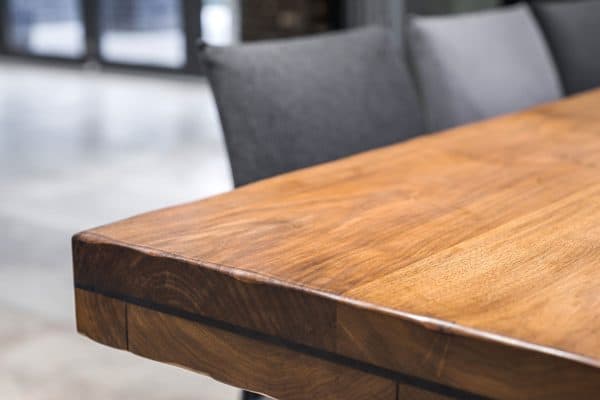When it comes to choosing the perfect flooring for your home, wood is a timeless and beautiful option.
However, before making a decision, it's essential to understand the key aspects of wood flooring to ensure you select the best fit for your lifestyle and budget.
In this guide, we'll explore 10 crucial things every homeowner should know about wood flooring.
1. Types of Wood Flooring
There are three main types of wood flooring: solid hardwood, engineered wood, and laminate.

Solid hardwood is made from single pieces of wood and can be sanded and refinished multiple times.
Engineered wood consists of a thin layer of hardwood on top of a plywood or hardwood core, making it stable and less prone to warping.
Laminate flooring, while not made of real wood, offers a photographic applique layer on top of a dense fiberboard, providing a cost-effective alternative with good durability.
2. Hardwood Species Hardness
The durability of wood flooring is often measured by the Janka hardness scale, which tests the resistance of wood to denting and wear.
Harder woods, such as hickory and Brazilian cherry, are more resistant to scratches and dents, making them ideal for high-traffic areas.
Softer woods like pine can show wear more easily and might be better suited for less trafficked areas.
3. Maintenance Requirements
Wood floors require consistent care to maintain their beauty and longevity. This includes regular sweeping or vacuuming to remove dirt and grit, as well as periodic mopping with a damp, not wet, mop.

Additionally, hardwood floors benefit from refinishing every 8-10 years to restore their original luster and to repair any significant scratches or damage.
4. Installation Methods
Wood flooring can be installed using several methods, each affecting the installation time and cost.
We may include affiliate links and curated AI content to highlight top design styles.

Floating floors are not attached to any sub-floor, making them easier to install and ideal for places where you want to lay wood over existing flooring.
Glue-down floors are adhered to the sub-floor, which provides a solid feel but can be more expensive and labor-intensive.
Nail-down floors are secured with nails or staples, providing a traditional and very stable installation, but require a wooden sub-floor.
5. Cost Considerations
The cost of wood flooring varies significantly based on the type of wood, installation method, and whether the subfloor needs preparation.
Solid hardwood tends to be the most expensive, followed by engineered wood, with laminate being the most budget-friendly option.
Additional costs may include underlay, delivery, and the removal of old flooring, as well as labor costs, which can vary by region.
6. Impact on Home Value
Installing high-quality wood flooring can significantly enhance the resale value of your home.

Real estate professionals often note that homes with hardwood floors sell faster and for higher prices compared to homes with other types of flooring.
This is due to the timeless appeal and durability of wood floors, which potential buyers highly value.
7. Sensitivity to Moisture
Wood floors are particularly sensitive to moisture, which can cause them to swell, warp, or crack.
Therefore, it's crucial to avoid installing solid wood flooring in areas prone to high humidity or moisture, such as bathrooms, laundry rooms, and basements.
Engineered wood, with its multi-layer construction, offers a more stable alternative for these areas.
8. Effect of Sunlight
Prolonged exposure to sunlight can cause wood floors to fade, darken, or change color.

To prevent significant fading, it's advisable to use curtains, blinds, or UV-resistant window films, especially in rooms that receive a lot of direct sunlight.
Some finishes and types of wood may offer better resistance to sun damage, so consider these options if your rooms are sun-drenched.
9. Acoustic Properties
Wood floors can significantly affect the acoustics of a room. They can amplify sounds, making footsteps or dropped objects sound louder.
To mitigate this, consider using rugs and choosing underlays designed to reduce noise. This is particularly important in multi-story homes, where noise can travel between floors.
10. Eco-Friendliness
When choosing wood flooring, consider the environmental impact of the wood's source and the production process.
Look for wood sourced from sustainably managed forests, certified by organizations like the FSC (Forest Stewardship Council) or PEFC (Programme for the Endorsement of Forest Certification).
Additionally, consider the eco-friendliness of the adhesives and finishes used in your flooring, opting for low-VOC (volatile organic compounds) products to maintain indoor air quality.
Crafting Your Perfect Hardwood Haven
Choosing the right wood flooring for your home is a significant decision that requires careful consideration of various factors.
By understanding the types of wood flooring available, their hardness, maintenance requirements, installation methods, and cost implications, you can make an informed choice that suits your lifestyle and budget.



